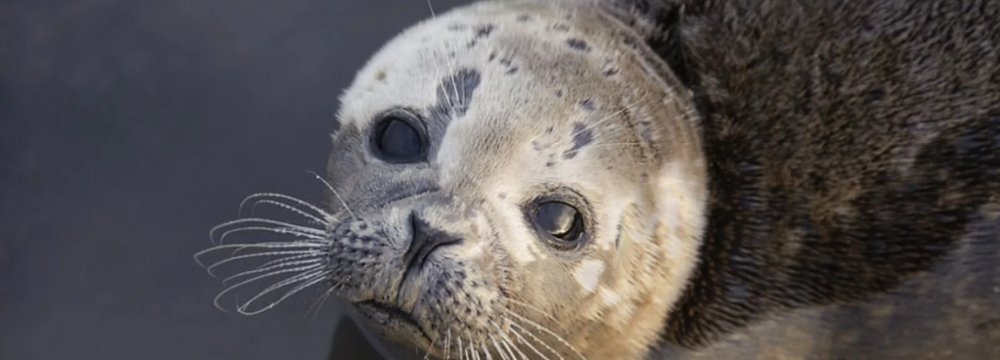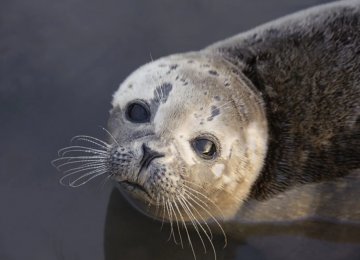The population of Caspian seal, a relic species that is now confined to the Caspian Sea, has declined by more than 90% since the start of the 20th century, the director for marine ecosystems at the Department of Environment said.
"Illegal exploitation of the sea's resources takes place in all the littoral countries, including the killing of Caspian seal," Davoud Mirshekar was also quoted as saying by Mehr News Agency.
"We intend to work with NGOs in Russia, Armenia and Kazakhstan to acculturate locals in those countries, as well as in Iran, to protect the animals."
He said a rehabilitation center for insured Caspian seals is being set up in Dagestan (a federal subject of Russia), which he said is a sign of hope for the species' survival.
Based on available data, during the 19th century, there were over one million seals in the Caspian Sea, though only 100,000 are left today.
The other explanation given in" Iranica Encyclopedia" for the sharp decline in the seal population argues that in the mid- or south-Caspian, seals feed primarily on herrings, which include the common kilka. These fish, however, are caught in large numbers.
The fishermen regard seals as being the main cause for the decline in harvests and, therefore, kill them whenever possible, despite their internationally protected status since the early 1970s.
However, their reasoning is flawed because when the population of the seals was perhaps three times their present number in the mid-1970s, the harvest of kilka exceeded the present catch by a factor of at least four.
Simon J. Goodman from institute of Integrative and Comparative Biology, University of Leeds, United Kingdom, also explained how changes in population of seals may have affected the Caspian ecosystem.
"In the Caspian, there are so many changes due to invasive species, and overfishing of resources, that it is extremely difficult to disentangle effects from declines in seals from other human impacts. The main point is that the Caspian is now a much less diverse and less productive ecosystem than it was at the start of the 20th century," he said.






Add new comment
Read our comment policy before posting your viewpoints